With data.table and mltools:
df <- as.data.table(df)
df_oh <- one_hot(df)
Result & Explanation
head(df_oh)
age education_level marital_status_Divorced marital_status_Married marital_status_Never marital_status_Widowed occupation_Admin occupation_Banking occupation_Farming occupation_Fishing occupation_Poledancing gender_Man gender_Unicorn gender_Woman hours income_<=50K income_>50K
1: 26 12 0 0 0 1 0 0 0 0 1 0 0 1 39.69357 0 1
2: 70 12 0 0 0 1 0 0 0 0 1 1 0 0 39.35318 0 1
3: 21 14 1 0 0 0 1 0 0 0 0 0 0 1 40.72573 1 0
4: 56 1 0 1 0 0 0 1 0 0 0 1 0 0 39.04525 0 1
5: 81 2 0 0 0 1 0 0 1 0 0 0 1 0 39.21665 1 0
6: 38 5 0 0 0 1 1 0 0 0 0 1 0 0 39.94481 1 0
What one_hot() is doing is taking all factor variables (i.e., not numeric, not character, etc.) of a data table and one-hotting them. It needs a data table (and not, say, a data frame), because data tables provide some features/concepts that help with flexibility and speed.
If you check the documentation under ?one_hot you will see that the function can also treat NAs pretty nicely (if this is a concern in your data).
If you have any questions, please feel free to add a comment.
Reproduction
# Load libraries
library(data.table)
library(mltools)
# Set seed for reproducibility
set.seed(1701)
# Create mock data frame
df <- data.frame(
age = sample(18:85, 50, replace = TRUE),
education_level = sample(1:15, 50, replace = TRUE),
marital_status = sample(c("Never", "Married", "Divorced", "Widowed"), 50, replace = TRUE),
occupation = sample(c("Admin", "Farming", "Poledancing", "Fishing", "Banking"), 50, replace = TRUE),
gender = sample(c("Man", "Woman", "Unicorn"), 50, replace = TRUE),
hours = rnorm(50, 40, 1),
income = sample(c("<=50K", ">50K"), 50, replace = TRUE))
Resulting in:
> head(df)
age education_level marital_status occupation gender hours income
1 26 12 Widowed Poledancing Woman 39.69357 >50K
2 70 12 Widowed Poledancing Man 39.35318 >50K
3 21 14 Divorced Admin Woman 40.72573 <=50K
4 56 1 Married Banking Man 39.04525 >50K
5 81 2 Widowed Farming Unicorn 39.21665 <=50K
6 38 5 Widowed Admin Man 39.94481 <=50K
